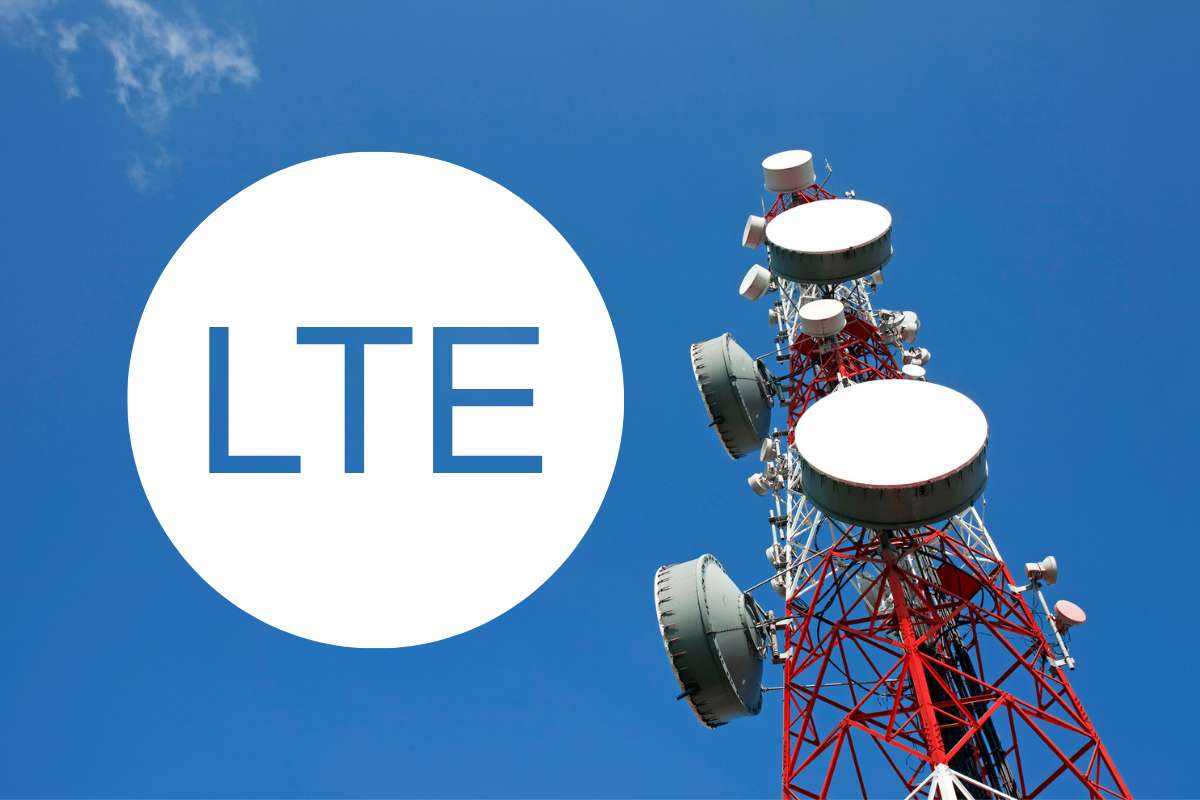
5G networks are rapidly increasing in scale with every passing day in the tech industry. The reach and connectivity are expanding as nations are developing their 5G network infrastructure. These new network technologies supporting low power wide area network (LPWAN) are becoming available globally in the form of LTE-M and NB-IoT, which are popularly known as Mobile IoT. As the name suggests, both LTE-M and NB-IoT are established on mobile technology. Before we move on to comparisons, let us first understand what LTE-M and NB-IoT actually mean.
What is LTE-M?
LTE-M or LTE-MTC stands for Long Term Evolution for Machine Type Communication. It is an LPWAN technology that sanctions the user to reuse the LTE installed base with a broadened coverage. It is a low power wide area technology assisting IoT through lower device complexity. LTE-M has been developed by 3GPP, which is an amalgamation of seven telecommunications standard development organisations. LTE-M also facilitates massive connection density, low latency and low device power consumption. LTE-M can be established “in-band” within a normal LTE or can also be “standalone” in a dedicated spectrum.
What is NB-IoT?
NB-IoT stands for Narrow Band-Internet of Things. It is a radio technology built over mobile networks and curated for a large number of low throughput devices with improved indoor coverage, long battery life and most importantly, ultra-low device cost. Apart from that, NB-IoT also supports low delay sensitivity, low device power consumption and optimized network architecture.
Differences Between LTE-M and NB-IoT
To pick the best alternative between LTE-M and NB-IoT for your low power IoT, you must first ascertain your use case scenario. The decision would predominantly depend on two main factors, which are speed and latency. Since other aspects like cost, power, and coverage are near the same between the two LPWA technologies, speed and latency could be the differentiating factors. Depending on the amount of data your IoT application would use and the level of latency that is acceptable to you, an informed decision can be made.
Speed and Latency Differences
Faster speed directly translates to a larger amount of data going through the network in a fixed timeframe. If your IoT application is something that is data-intensive like a wearable device or home security, speed places an important role. So, if speed is what you require, LTE-M allows more data throughput in comparison to NB-IoT. Devices can communicate with the cloud in two ways. One of them is by sending packets of information in intervals of time or real-time communication. LTE-M supports devices that can communicate in real-time, and it is beneficial in mission-critical applications. Since NB-IoT is focused on low data rates, the latency with that technology is comparatively higher.
To sum things up, an interesting fact to note while making this decision between LTE-M and NB-IoT is that there are no NB-IoT applications that LTE-M would not be able to support. LTE-M can support any LPWA applications whereas NB-IoT’s design is limited to support simpler static sensor applications.















